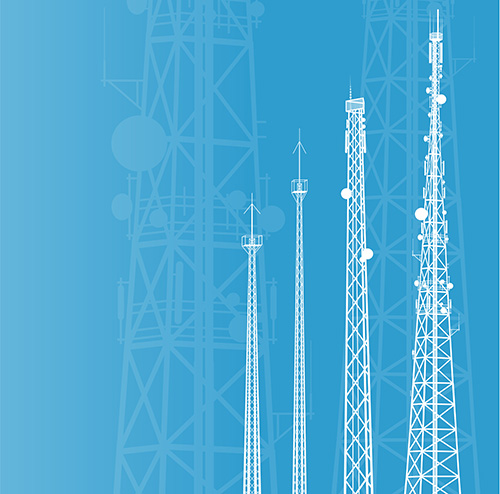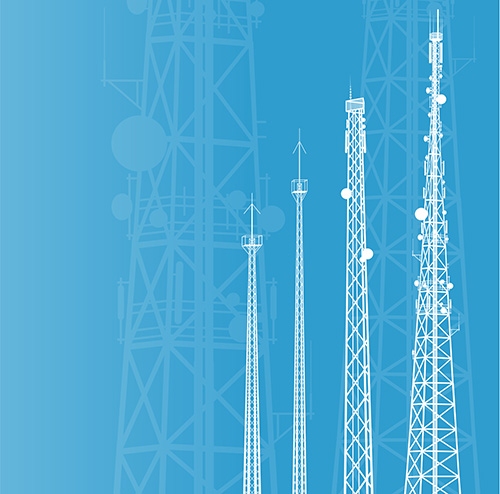Q. I’m familiar with HDTV and satellite radio, but I keep hearing about HD Radio. What is it? – G.S.

A. HD Radio has nothing to do with “High Definition” or HDTV or satellite radio from XM or Sirius. HD Radio is a proprietary hybrid analog-digital radio system developed by iBiquity Corporation in which a low-level digital signal with the same content as the analog FM and AM signal is piggybacked and simulcast with a broadcaster’s analog radio signal, a system known as IBOC (In-Band On-Channel). This enables the millions of analog radio owners who have not purchased a new HD-ready radio to continue to receive the conventional FM or AM signals. However, owners of a new HD-ready radio will receive the much higher sound quality digital radio signal when the radio detects the low-level HD signal that is carried in the sidebands of the analog signal. The HD radio will switch instantly to the digital signal for FM or AM. If the digital signal fades, the HD radio then automatically (and seamlessly, according to iBiquity) reverts to the station’s analog FM or AM signals.
Unlike subscription-based XM/Sirius satellite radio, HD radio is free and is a terrestrial radio service selected and approved by the FCC as the terrestrial digital radio system for the USA. Launched in 2002, it’s now available on nearly 2,000 US stations (Canada has approved testing and installation of HD Radio but only a few stations in big urban centers have converted.) Public acceptance in the US has been very slow with many consumers confused by the “HD” name and existing subscription satellite radio services.
A “lossy” compression algorithm similar to but not compatible with MPEG-4 developed by iBiquity is used, and sound quality on FM is claimed to approach that of CD. AM radio quality is much improved, but reports of adjacent channel interference (other radio stations close in frequency to the HD radio broadcaster) have surfaced as well as complaints of poor HD radio sensitivity (the digital signal is broadcast at only 1% of the power of the broadcaster’s analog signal). Nevertheless, prices of HD radios have come down and various car companies (Ford and others) are also offering HD-ready radios as an option or standard accessory. In addition to much-improved sound quality and resistance to interference, HD radio has the capability to carry a text data-stream with the artist or album names, or subsidiary radio services, even including 5.1-channel surround sound. The FCC in the US has not indicated that it intends to end analog radio services as it has with TV broadcasting, as there is no potential benefit for the government in selling recovered spectrum space. Rest assured, then, that your existing home, car or portable radios will continue to receive good ol’ analog FM and AM radio for many years to come.





